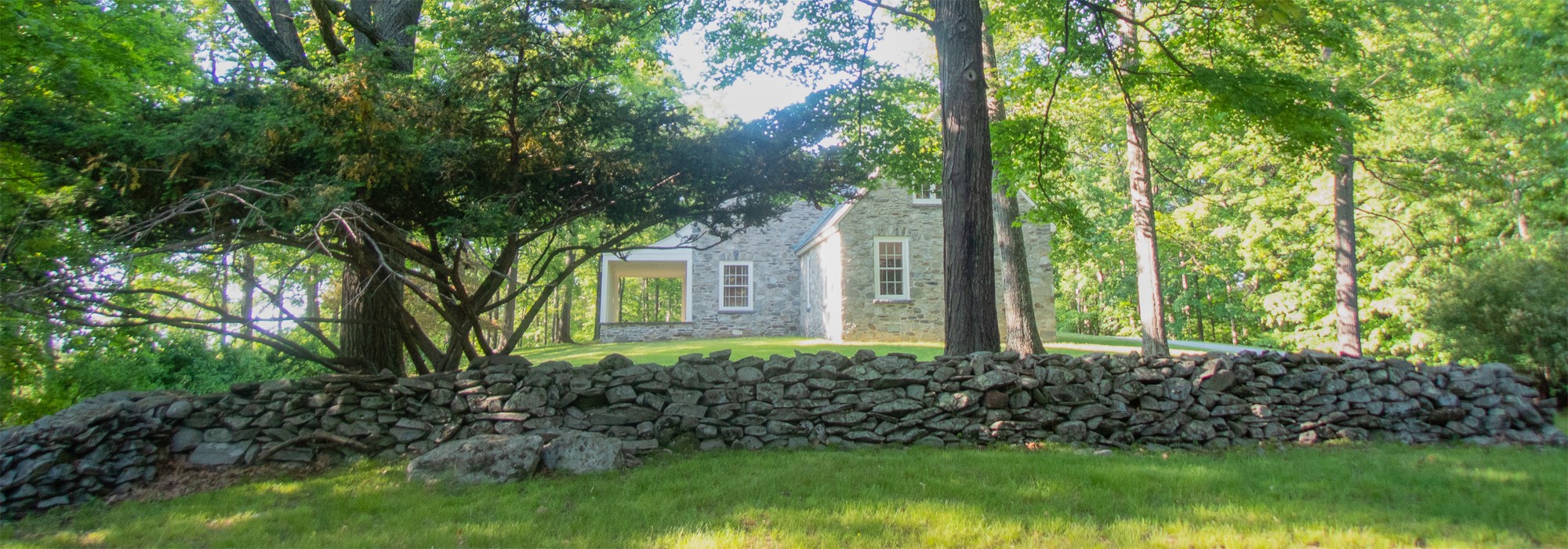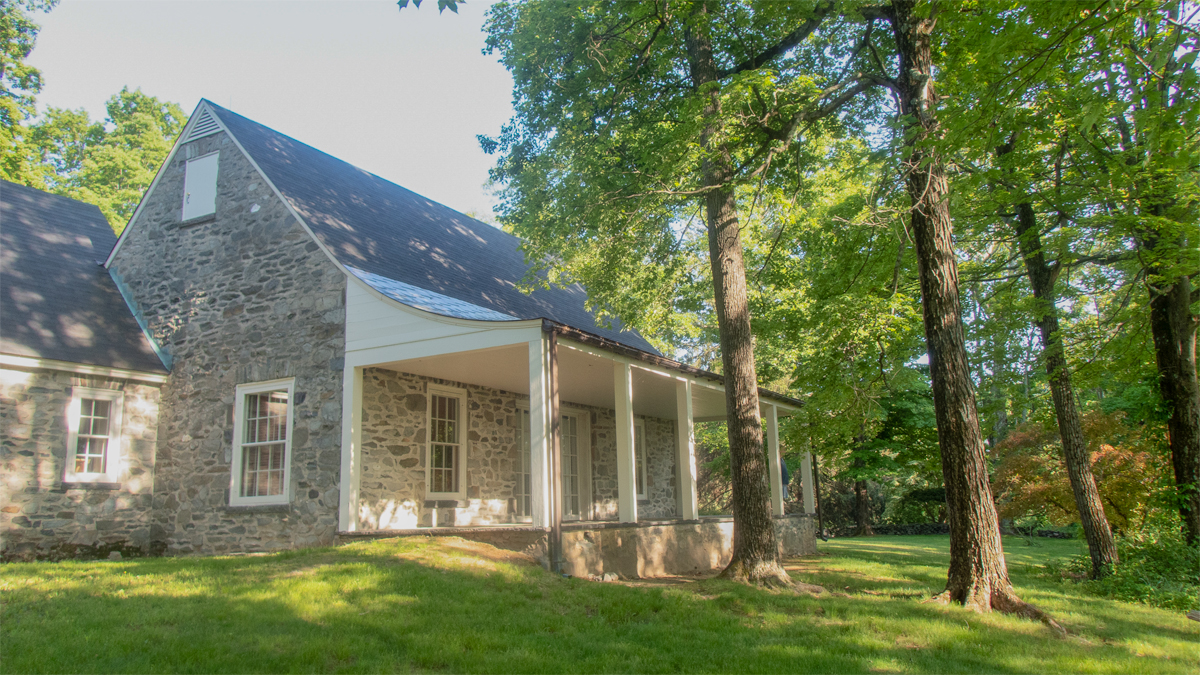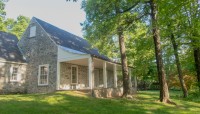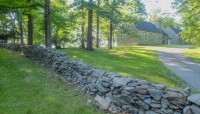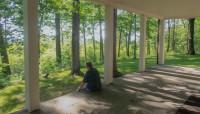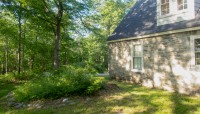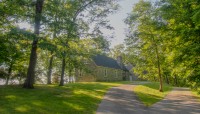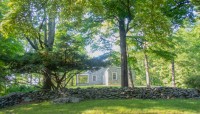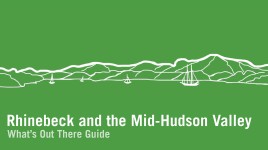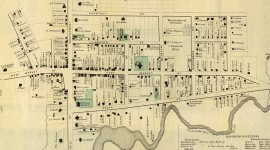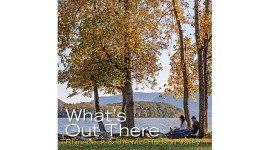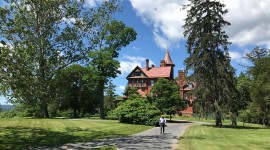Landscape Information
Located at the eastern most end of Home of Franklin D. Roosevelt National Historic Site, this modest retreat occupies 40 acres approximately two miles east of the Hudson River. Roosevelt purchased the land in 1937 and with the assistance of architect Henry Toombs, planned and constructed a stone cottage from 1938 to 1939 at the summit of the 460-foot-tall Dutchess Hill. The building, whose simple form emulates Dutch colonial architecture found throughout the Hudson Valley, was constructed using fieldstone taken from the existing walls of the property. The structure and landscape were designed to be accessible, affording the President freedom of movement.
Roosevelt was attracted to the site for its expansive views of the surrounding landscape, including the Catskill and Berkshire Mountains, the Shawangunk Ridge, and the Hudson Highlands. He chose not to embellish the grounds with formal landscaping, instead selectively thinning the existing oak forest to showcase the view. Roosevelt employed the secluded property as a haven to host world leaders, including Winston Churchill and King George VI and Queen Elizabeth, where they were afforded respite from the public eye.
West of the cottage and its prominent porch, a narrow lawn leads to a hardwood forest, where the topography abruptly descends. An earthen ramp connects the north side of the porch to the lawn, facilitating wheelchair access. The eastern side of the cottage features the looped terminus of an entry drive constructed in 1937, while its southern façade is abutted by a lawn interspersed with hardwood trees. The lawn is interrupted by an east-west oriented wall, also constructed of fieldstone. North of the cottage, a trail, originally used as a road, leads west to the Eleanor Roosevelt National Historic Site. Top Cottage was listed in the National Register of Historic Places in 1997 and in 2002 the cottage, along with the surrounding 40 acres, were acquired by the Home of Franklin D. Roosevelt National Historic Site. The site is located within the Maurice D. Hinchey Hudson River Valley National Heritage Area.



